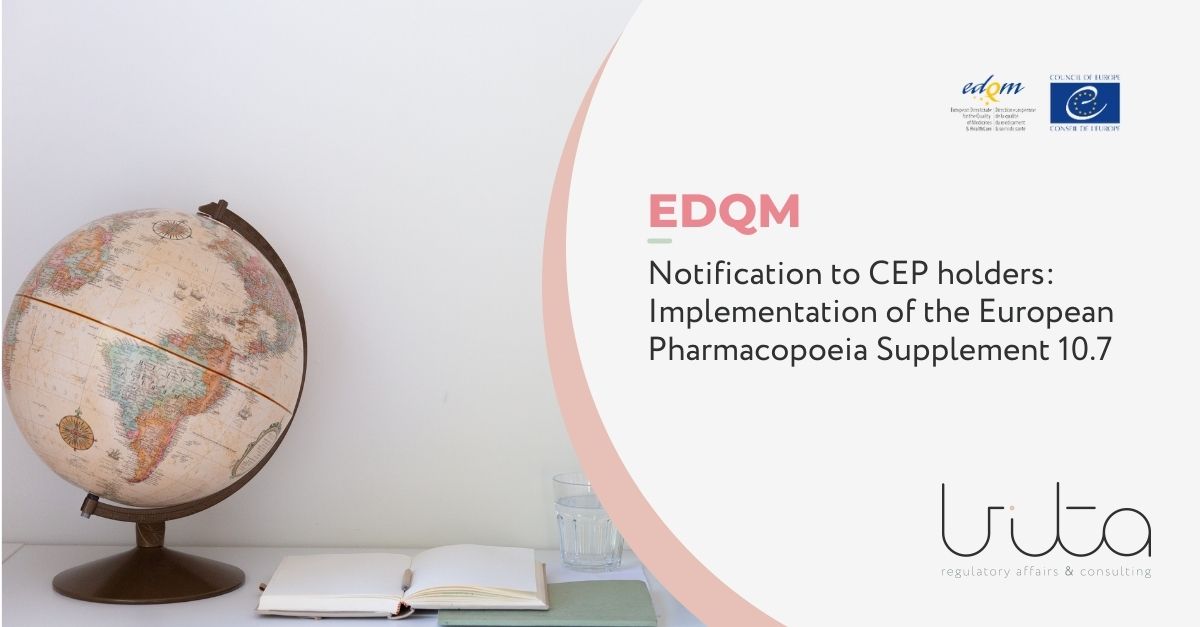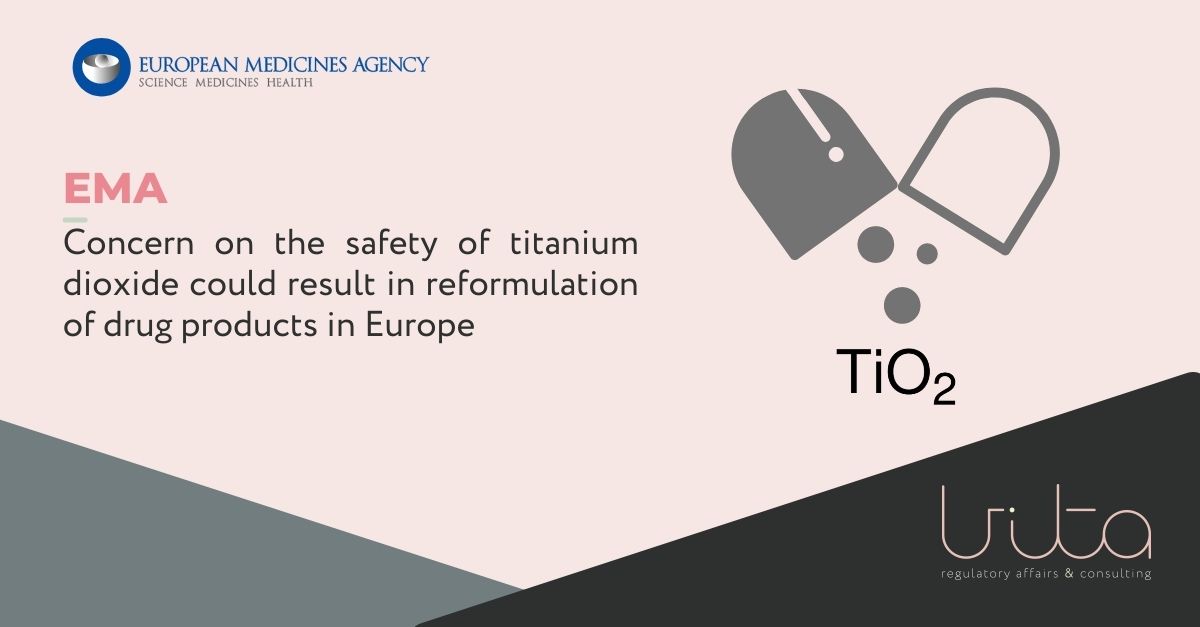ICH – Review Procedures of ICH M7(R2) and ICH E8(R1) Guidelines Drafts Advance – updated 27th October, 2021
On October 6, 2021, the ICH published updates on the status of the issuance of the second revision of ICH Guideline M7(R2) – Assessment and control of DNA-reactive (mutagenic) impurities in pharmaceuticals to limit potential carcinogenic risk, and initial publication of Guideline E8(R1) – General considerations for clinical trials.
The ICH Guideline M7(R2) and its Addendum enter in Phase 2, which consists of public consultation of its draft version. ICH M7(R2) Addendum provides information on acceptable limits of known mutagenic/carcinogenic impurities and supporting monographs. Seven new compounds were added in this review: acetaldehyde, dibromoethane, epichlorohydrin, ethyl bromide, formaldehyde, styrene, and vinyl acetate.
The release may be accessed through the link https://bit.ly/3lZkE4G, and more details about the Guideline revision can be found on its page, available at https://bit.ly/3jneYQm.
On October 26, 2021, ANVISA published the Public Notice 17, of October 25th, 2021, to collect contributions to the document Addendum to the Guideline ICH M7(R2). Contributions to the Notice must be submitted, in English, until December 24th, 2021, using the form available at https://bit.ly/3ns7Pzq.
The complete Notice text can be accessed through the link: https://bit.ly/2XOS6S8. (updated on October 27, 2021)
Regarding ICH Guideline E8(R1), it reaches Phase 4, which is the adoption of the text already in final consensus, before its implementation. This Guideline provides guidance on the clinical development lifecycle, including design quality in clinical trials, considering the wide range of clinical trial designs and data sources used.
The information is available at https://bit.ly/3ptXc1H, and more information about the issuance of the Guideline, at https://bit.ly/2Z8jgUr.
The Formal ICH Procedure
The procedure for issuing ICH guidelines and their revisions comprises five stages, which begin with the endorsement by the ICH Assembly of a Concept Paper and a Business Plan. An Expert Working Group (EWG) is subsequently established.
The EWG works to develop the document through the following steps:
-
Step 1: Consensus building. The EWG prepares a text proposal; when consensus is reached, the technical experts of the EWG signs the Step 1 Experts sign-off sheet.
-
Step 2a: Confirmation of the Consensus. The Assembly reaches a consensus on the technical issues for the document to move to the next phase of regulatory consultation, based on the EWG report.
-
Step 2b: Adoption of the Draft Guideline. The ICH Regulatory Members develop the draft text.
-
Step 3: Regulatory Consultation and Discussion. This step is made up of three stages.
-
Stage I: Regional regulatory consultation. The draft is forwarded to the ICH regions. Regulatory authorities and industry associations may also contribute.
-
Stage II: Discussion of regional comments. The EWG reviews the comments and works on the Step 3 draft.
-
Stage III: Finalization of Step 3 Experts Draft Guideline. After consensus is reached on the revised Step 2b Guideline Draft, the Step 3 Expert Draft Guideline is signed by the experts of the ICH Regulatory Members.
-
-
Step 4: Adoption of an ICH Harmonized Guideline. This step takes place when there is sufficient consensus on the Guideline Proposal. The final Step 4 document is adopted by the ICH Regulatory Members of the ICH Assembly.
-
Step 5: Implementation. Having reached Step 4, the harmonized guideline moves immediately to the Regulatory Implementation process. This step is carried out in accordance with national/regional procedures that apply to regional regulatory requirements in the ICH regions.
The ICH procedure is further described at its website https://bit.ly/2ZcdNf1.
Count on Vita to assist your company in developing drug products registration and post-registration projects in Latin America.




